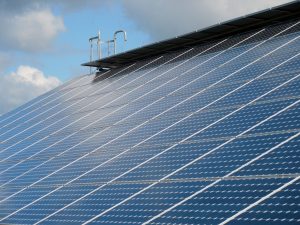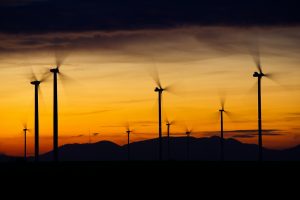Let’s dive into the fascinating world of geothermal energy. In our article “How Does Geothermal Energy Work?” we explore the science behind harnessing the Earth’s natural heat to generate power and provide warmth. We break down the process in simple steps, from the discovery of geothermal reservoirs to the innovative technologies used to tap into this renewable resource. It’s amazing how we can turn the Earth’s internal heat into sustainable energy, reducing our reliance on fossil fuels and paving the way for a greener future. Join us as we uncover the potential of geothermal energy and its role in our quest for clean energy solutions. Have you ever wondered how geothermal energy works and what makes it such a promising source of sustainable power? Well, you’re in the right place! Let’s journey together to uncover the many layers beneath this question and explore the fascinating world of geothermal energy. By the end of our deep dive, we’ll have a thorough understanding of how this innovative energy source operates, why it’s beneficial, and where it fits into our broader energy landscape.
What is Geothermal Energy?
Geothermal energy leverages the heat stored beneath the Earth’s surface to generate power. This form of energy is ancient, literally coming from the Earth’s core, and serves as a sustainable, eco-friendly power source. The term ‘geothermal’ itself comes from the Greek words geo (Earth) and therme (heat), succinctly describing what it’s all about.
Earth’s Inner Heat
The Earth’s core produces a massive amount of heat. To give you a sense of scale, temperatures in the core can reach up to 9,000 degrees Fahrenheit (5,000 degrees Celsius). The source of this heat can be traced back to two primary factors: residual heat from the planet’s formation and the continuous decay of radioactive isotopes. This heat rises through various layers of the Earth, creating ideal conditions to harness geothermal energy.
Types of Geothermal Energy Sources
There are several types of geothermal energy sources, including:
| Type | Description |
|---|---|
| Hydrothermal | Utilizes hot water and steam reservoirs beneath the Earth’s surface. |
| Geopressured | Relies on reservoirs containing hot water, steam, and natural gas. |
| Hot Dry Rock (HDR) | Involves hot, dry rocks that are fractured and injected with water to create steam. |
| Magma | Directly accesses molten rock beneath the Earth’s crust. |
Each type has specific methods and technologies involved in capturing and utilizing this immense energy.
How is Geothermal Energy Harnessed?
Harnessing geothermal energy involves several methods, each aligning with the type of geothermal source being tapped into. Let’s delve into these processes to see the systems in action.
Dry Steam Plants
Dry steam plants are the oldest type of geothermal power plants and are used to generate electricity directly from geothermal steam. Located in areas like The Geysers in California, these plants harness steam that emerges from fractures in the ground. The steam is directly channeled into a turbine, which drives an electric generator.
Flash Steam Plants
Flash steam plants work by pulling high-pressure hot water from the Earth, allowing it to vaporize—or “flash”—into steam due to lower pressure at the surface. This steam is then used to drive a turbine generator. Un-flashed hot water is sent back underground, prolonging the resource’s life. Most modern geothermal plants use flash steam technology.
Binary Cycle Power Plants
Binary cycle power plants are unique in that they use a secondary fluid with a lower boiling point than water. Hot water from geothermal reservoirs heats this secondary fluid, causing it to vaporize. The vapor then drives a turbine generator, and the cooled geothermal water is re-injected into the Earth. This process makes it possible to use lower temperature geothermal resources, broadening the scope of usable geothermal sites.
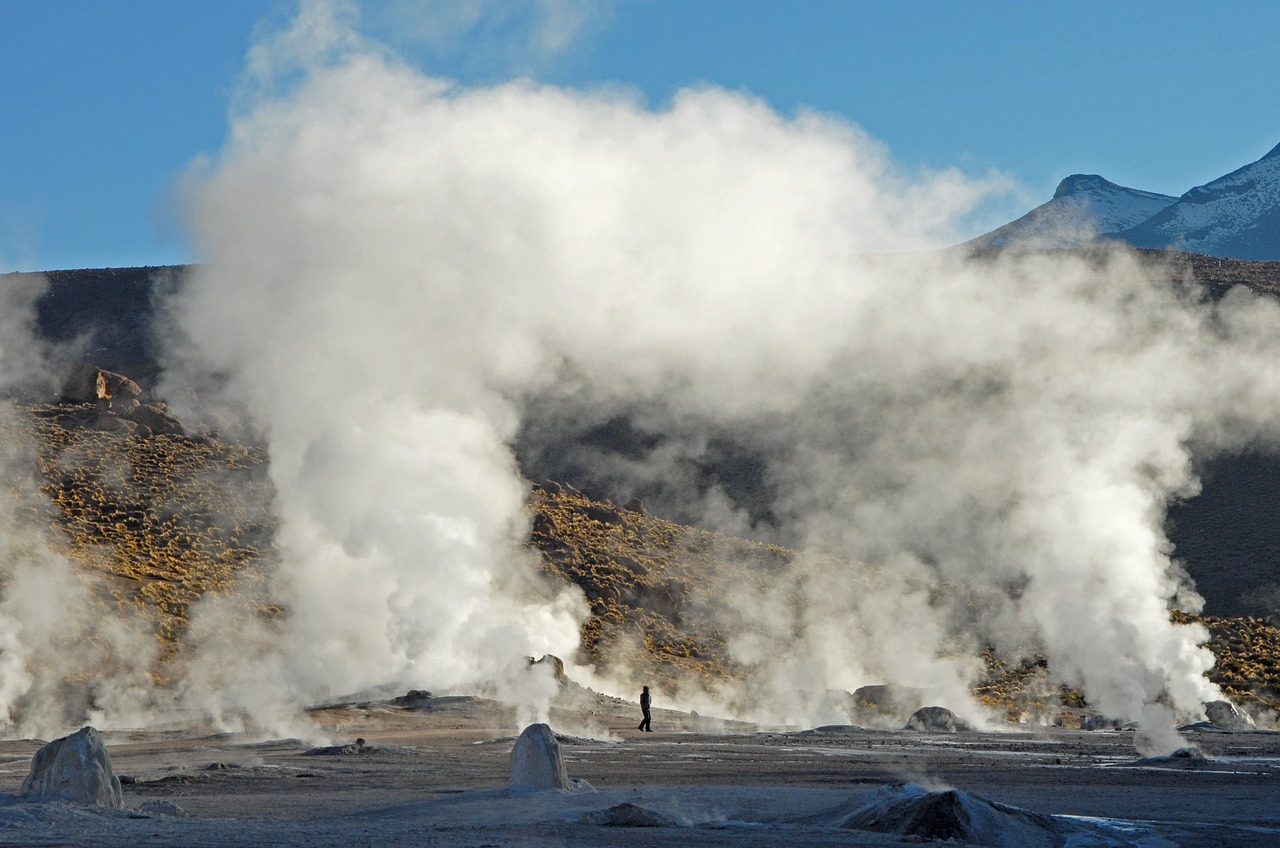
Geothermal Heating and Cooling
Geothermal energy isn’t limited to electricity generation. It also plays a significant role in heating and cooling, courtesy of geothermal heat pumps (GHPs).
How Geothermal Heat Pumps Work
GHPs take advantage of the relatively stable temperatures found just below the Earth’s surface. These systems consist of a heat pump, an air delivery system, and a heat exchanger—a system of pipes buried in the shallow ground near the building. The process operates on the principle that temperatures underground are more constant than air temperatures throughout the year.
- In the Winter: The GHP extracts heat from the ground and transfers it indoors.
- In the Summer: The system reverses, taking heat from the indoors and transferring it to the cooler ground.
Benefits of Geothermal Heat Pumps
Geothermal heat pumps offer various advantages:
| Benefit | Description |
|---|---|
| Energy Efficiency | GHPs can be 3-6 times more efficient than traditional heating and cooling systems. |
| Sustainability | Uses renewable underground heat, reducing reliance on fossil fuels. |
| Cost Savings | Lower operational costs due to high efficiency. |
| Low Maintenance | Less prone to breakdowns and require minimal maintenance. |
Advantages of Geothermal Energy
Geothermal energy has many benefits, presenting itself as a sustainable and efficient solution for modern energy challenges. Let’s examine these perks in detail.
Environmental Impact
Geothermal energy stands out as an eco-friendly option. Unlike fossil fuels, it emits almost no greenhouse gases and has a minimal carbon footprint. This makes it a crucial player in reducing global warming and combating climate change.
Sustainability
Geothermal resources are essentially inexhaustible over a human time scale. As long as the Earth exists, its core will generate heat. This longevity means that geothermal energy can serve as a stable foundation for future sustainable power grids.
Versatility
From electricity generation to heating and cooling, geothermal energy is incredibly versatile. It can power homes, buildings, and entire industries, making it a comprehensive energy solution for various applications.
Reliability
Geothermal energy is highly reliable. Unlike solar and wind energy, which depend on weather conditions, geothermal energy is available 24/7. This constant availability makes it well-suited to provide baseload power—a continuous, stable energy supply.
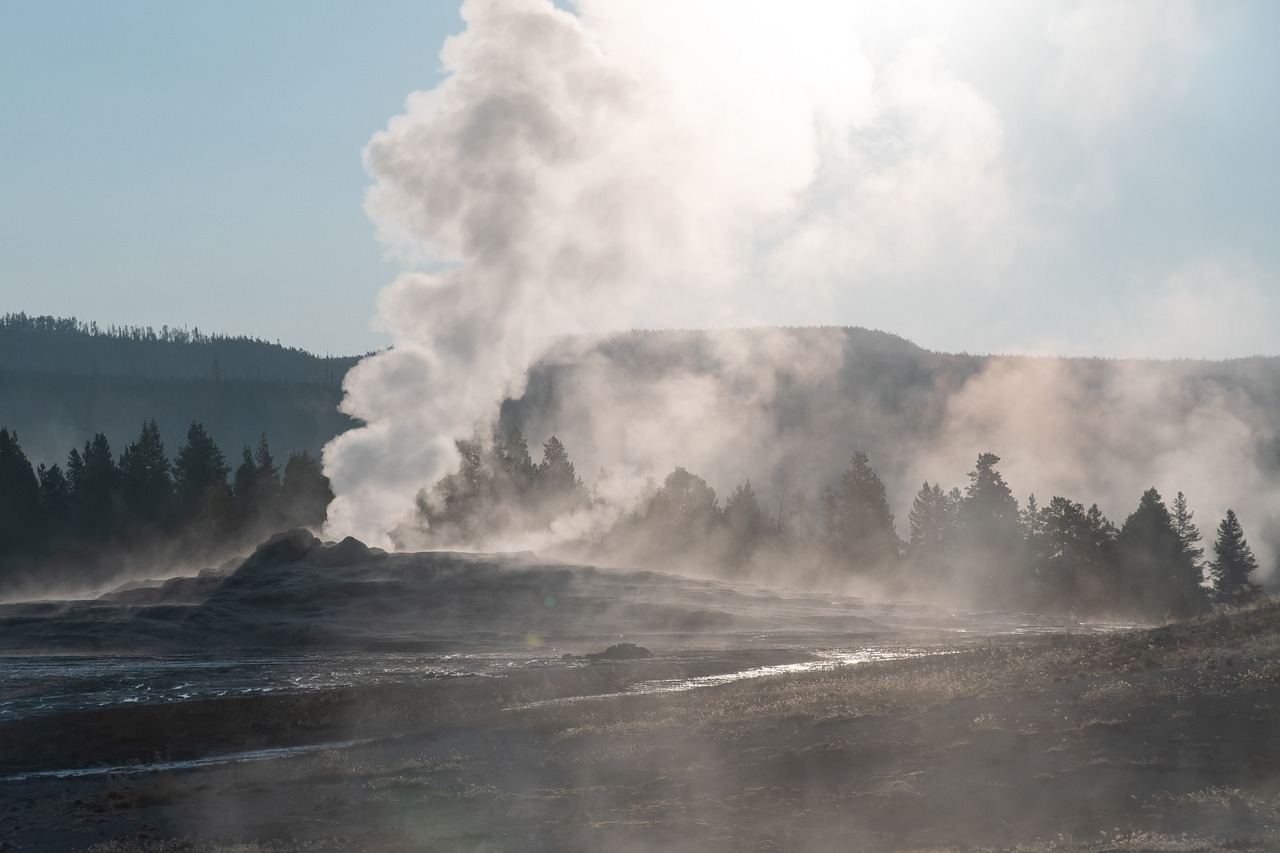
Challenges of Geothermal Energy
While geothermal energy offers numerous benefits, it also faces unique challenges that we need to address.
High Initial Costs
One of the most significant barriers to the widespread adoption of geothermal energy is the high initial cost associated with drilling and plant construction. These upfront investments can be substantial, though operational costs are relatively low.
Site-Specific Limitations
Geothermal resources are not uniformly distributed and are often concentrated in specific regions. Identifying and accessing these sites can be challenging and may require extensive exploration and geological surveys.
Environmental Concerns
Although geothermal energy is generally eco-friendly, it can still pose environmental risks. For instance, drilling can trigger minor seismic activity, known as “induced seismicity.” Additionally, geothermal plants may affect local ecosystems through land use and water consumption.
Geothermal Energy Around the World
Geothermal energy use varies significantly from one region to another, dictated mainly by geological conditions. Let’s explore how different countries harness this energy source.
United States
The U.S. is a global leader in geothermal energy, particularly in areas like California and Nevada. The country has several large power plants, contributing significantly to its renewable energy portfolio.
Iceland
Iceland’s unique geological conditions make it a geothermal powerhouse. Almost 90% of Icelandic homes are heated with geothermal energy, and the country also generates a substantial portion of its electricity from geothermal sources.
Philippines
The Philippines rank second globally in geothermal electricity production, utilizing their abundant geothermal resources to power millions of homes and businesses.
New Zealand
New Zealand employs geothermal energy extensively, harnessing it for both electricity generation and direct use applications like heating and industrial processes.
Kenya
In Africa, Kenya stands out as a leader in geothermal energy, particularly in the Rift Valley region. The country has been expanding its geothermal capacity to meet growing energy demands sustainably.
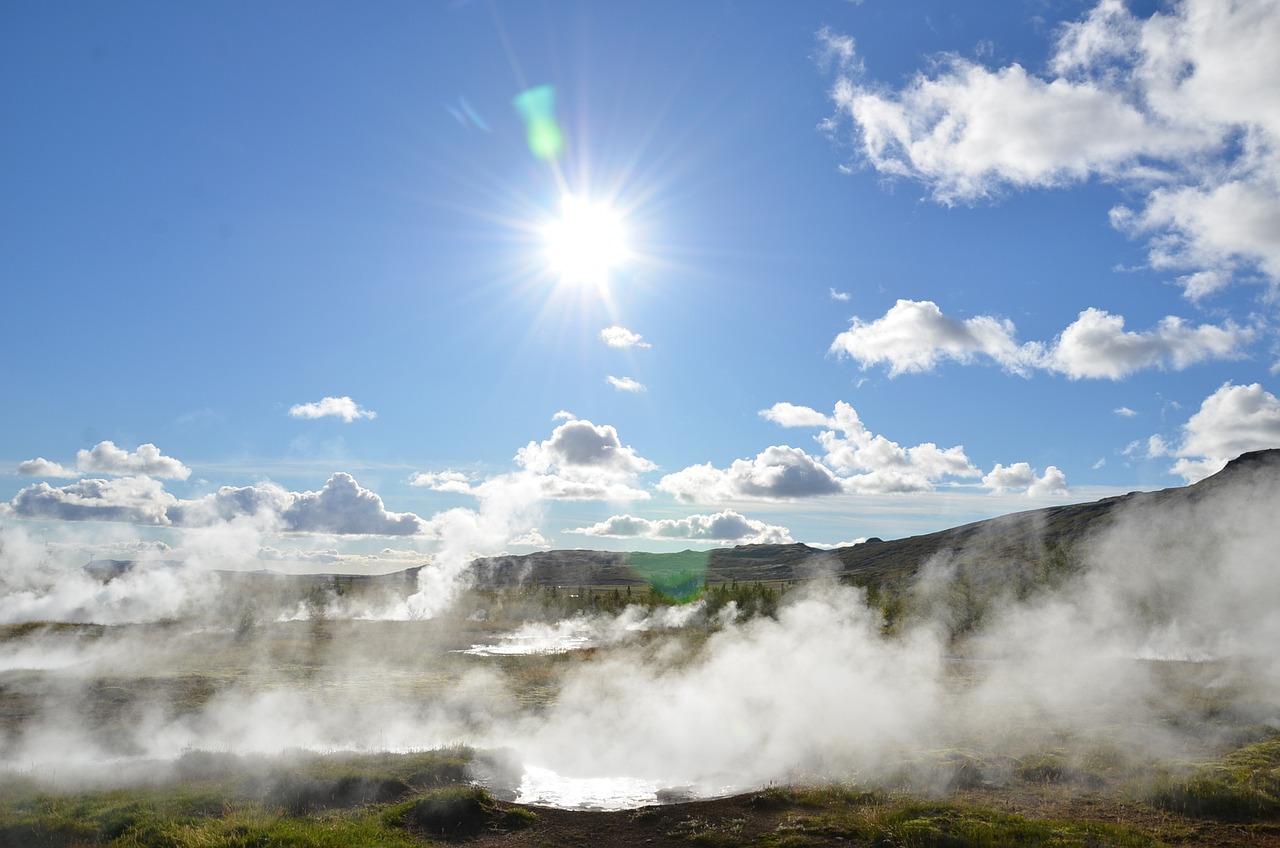
Future of Geothermal Energy
The future of geothermal energy looks bright, as technological advancements and increased investments pave the way for more extensive utilization. Here are some trends and developments shaping its future:
Enhanced Geothermal Systems (EGS)
EGS technology aims to expand geothermal energy’s reach to areas without naturally occurring hydrothermal resources. By artificially injecting water into hot, dry rock formations, EGS can create new geothermal reservoirs, broadening the scope of geothermal power.
Decreased Costs
As technology advances and more geothermal projects come online, the costs associated with geothermal energy are expected to decline. Innovations in drilling techniques and resource management will play crucial roles in this trend.
Integration with Other Renewables
Geothermal energy is increasingly being integrated with other renewable energy sources, such as solar and wind, to create more resilient and efficient energy systems. This hybrid approach leverages the strengths of multiple energy types to provide a stable and sustainable power supply.
Policy Support
Government policies and incentives will significantly influence the growth of geothermal energy. Supportive legislation, grants, and subsidies can accelerate the development and deployment of geothermal projects worldwide.
Conclusion
So, how does geothermal energy work? It harnesses the Earth’s internal heat to produce electricity, provide heating and cooling, and more. From the heat of the Earth’s core to the technology that captures this energy, the process is as fascinating as it is promising. While it comes with its challenges, the advantages and potential for sustainable growth make geothermal energy a vital part of our renewable energy future.
By understanding how geothermal energy works, we can better appreciate its role in our lives and its potential to power a greener, more sustainable world. So let’s keep our curiosity alive and continue to explore and innovate, ensuring that geothermal energy fulfills its potential for generations to come.


